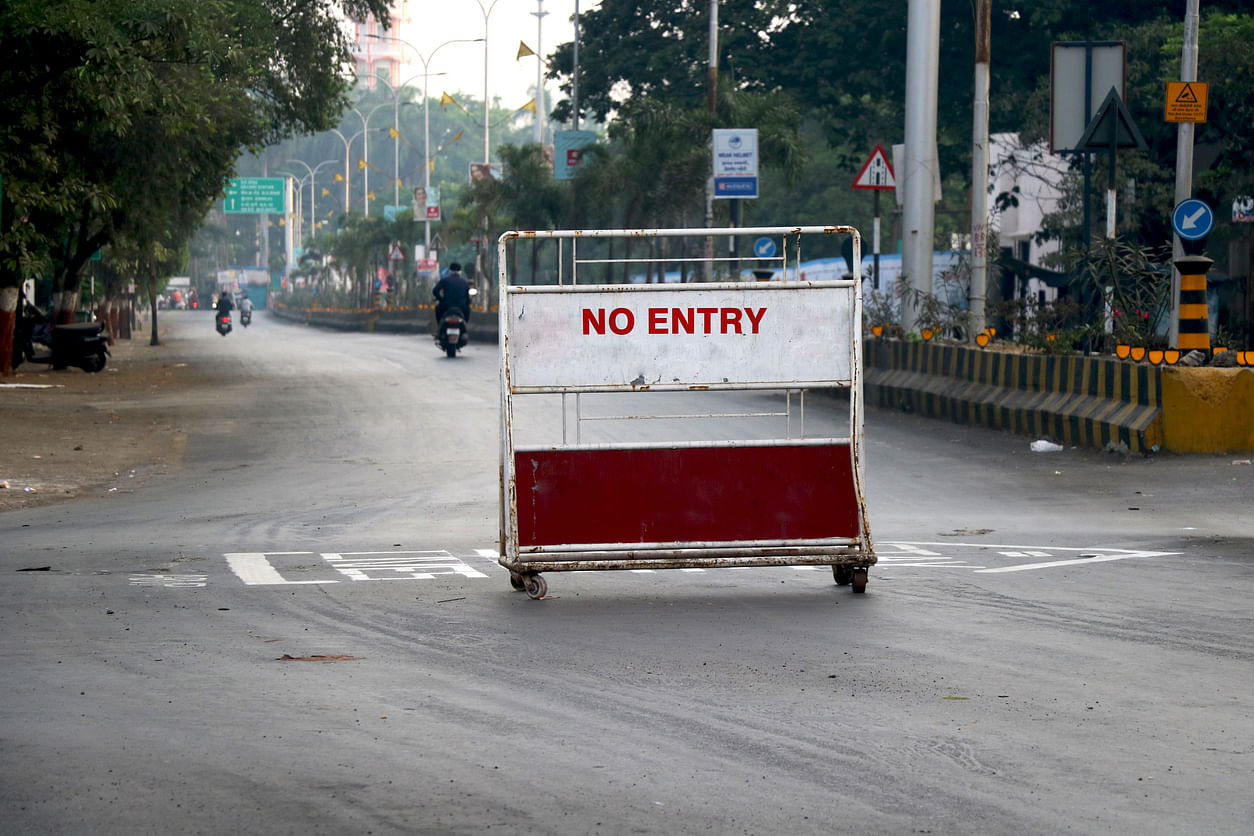
The short duration lockdowns being implemented by various state governments is barely of any use to curb the growth of Covid-19, observed scientists modeling the pandemic’s progression in India.
A periodically imposed short-term lockdowns, they said, could help reduce infection rates but it would only delay the peak, rather than breaking the virus’s transmission chain.
From Karnataka to West Bengal to Uttar Pradesh short-term lock downs are being imposed by many states. While the first two have ordered a one-week long closure, Uttar Pradesh is experimenting with week-end lockdown.
“It may help space out the infections and hospitalisations a bit, but the only solution to contain the infections and reduce deaths is to massively ramp up testing rates, do extensive contact tracing and quarantining. In the absence of these measures, it's extremely unlikely that one-time short-term lockdowns will have even noticeable effect on the trajectories of the total infections/active cases,” said Vishwesha Guttal, an associate professor at the Indian Institute of Sciences, Bengaluru and a member of the ISRC (Indian Scientists Response against Covid-19) coalition.
A group of more than 500 scientists from different institutions, ISRC carried out modelling studies on the pandemic in India.
The researchers concede that impacts of a lockdown can’t be simulated accurately because how the people would comply with the norms is an unknown variable. The same is also true for enforcement of the norms by local administrations.
“Regional lockdowns have a very limited purpose. Essentially they are meant to reduce the growth rate temporarily so that the numbers can be kept at manageable levels. Breaking the chain of infection is difficult with only lockdowns, as we have already learnt,” Sitabhra Sinha, professor at the Institute of Mathematical Sciences, Chennai told DH.
“Lockdowns by themselves are of very little help unless they are used to ramp up the infrastructure together with increased rates of testing and better quarantining. This is particularly true of the short-term lockdowns we are seeing now,” said Guttal.
The good news, however, is that national R value is now down to 1.11 and has been around this low value from June 10 (except for a short period in July 2-5 during which it had risen to 1.19), according to a statistical model being run by Sinha.
The reproductive number (R), represents the number of persons one infected person can on average transmit the infection. An R value of 1.9 implies that 10 persons will on average cause 19 infections. In April, India had an R value of 1.82.
“The decline in the R value is encouraging for the country as a whole, even if there are local high growth in some regions because it suggests that containing the disease within such high growth spots by reducing travel in and out of these districts may allow further control over the pandemic,” Sinha added.
